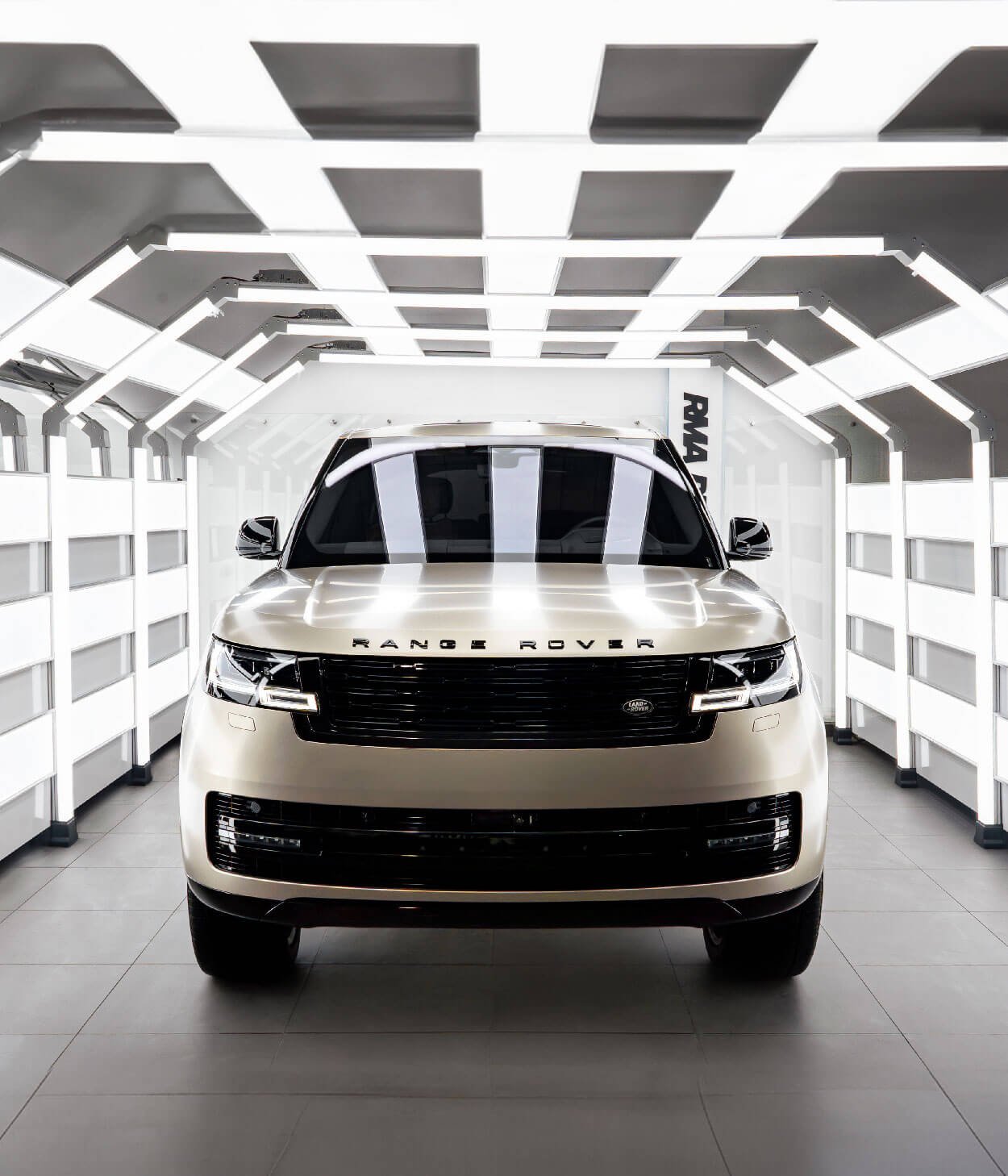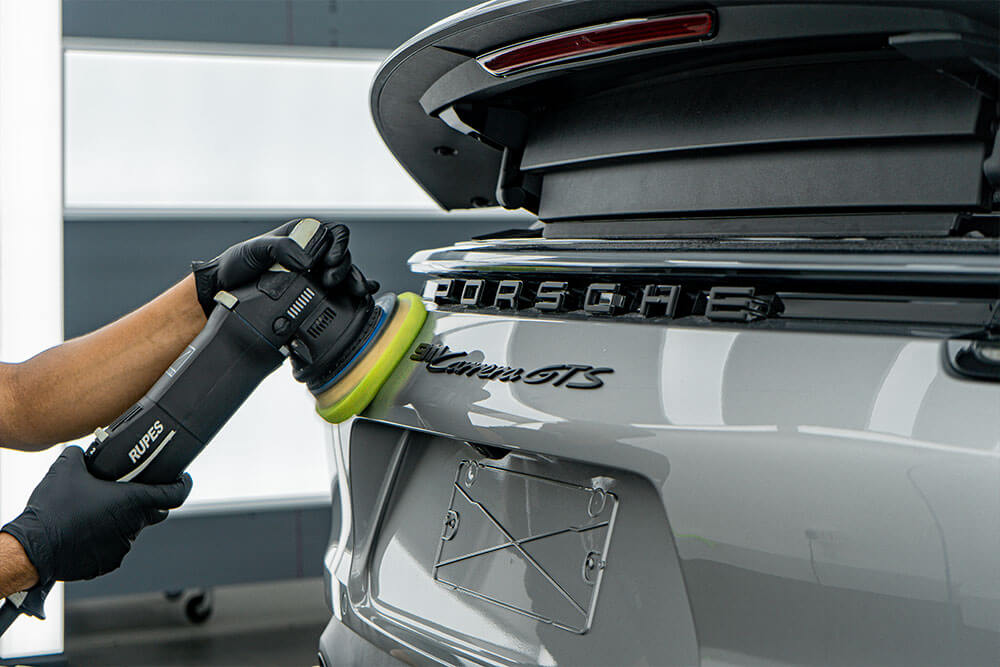The History and Evolution of PPF Technology

Imagine cruising down the highway, your car’s finish gleaming in the sunlight, protected from the perils of chips and scratches. That’s the magic of Paint Protection Film (PPF). Originally designed for utilitarian purposes, PPF has transformed into a must-have in modern automotive care. But where did this journey begin, and how has it evolved?
Origins of PPF Technology
PPF, also known as clear bra, started its journey in the tumultuous era of the Vietnam War. Developed from a need for durable, flexible protection, it was initially crafted using rugged materials to endure the harshest conditions.
The Early Days: Military Applications
Back in the 1960s, military strategists faced the challenge of protecting helicopter rotor blades from flying debris. The solution? A protective film that could withstand high-speed impacts. This innovation laid the groundwork for what would become a staple in automotive protection.
Transition to Automotive Use
Fast forward to the 1980s when automotive manufacturers saw the potential in PPF for commercial vehicles. At first, it was a secret weapon for high-end models, but as technology advanced and costs dropped, more car enthusiasts embraced it, recognizing its value in preserving vehicle aesthetics.
Advancements in PPF Materials
As automotive demands grew, so did the technology behind PPF. From basic protective layers, it matured into sophisticated films offering superior protection and flexibility.
Polyurethane vs. Vinyl Films
Early PPF options, primarily vinyl, were soon eclipsed by polyurethane variants. Polyurethane films offered greater elasticity and durability—ideal for withstanding the rigors of road travel. In contrast, vinyl was less forgiving, prone to cracking and discoloration over time.
Self-Healing Technologies
A significant leap in PPF tech was the advent of self-healing films. These innovative materials automatically repair minor scratches and scuffs in sunlight or heat, drastically reducing maintenance and extending the film’s lifespan. Imagine minor imperfections disappearing without lifting a finger!
Current Trends in PPF Technology
Today’s automotive landscape demands not just protection but also personalization and tech integration. As a result, PPF continues to push boundaries, merging functionality with flair.
Customizable PPF Options
Gone are the days of clear-only films. Current PPF options offer a palette of colors, finishes (matte, gloss, satin), and textures. Drivers now have the freedom to not only protect their vehicles but also make bold, stylistic statements that turn heads.
Integration with Digital Technologies
As cars become smarter, so does PPF. Imagine a film that incorporates sensors, providing data on environmental impacts. This integration with automotive technology enhances vehicle care, giving owners real-time insights on wear and stresses placed on the film.
The Future of PPF Technology
Looking forward, PPF promises to keep evolving, with sustainability and innovation at the forefront.
Sustainability in PPF Manufacturing
Eco-consciousness is reshaping every industry, and PPF is no exception. Manufacturers are exploring biodegradable films and greener production methods to reduce environmental impact without sacrificing performance.
Emerging Markets and Applications
Beyond cars, PPF’s protective qualities are finding homes in new markets. Think consumer electronics that resist fingerprints and scratches or architectural glass shielded from graffiti. The versatility of PPF opens doors to possibilities limited only by imagination.
Conclusion
From its roots in military necessity to a cornerstone of automotive care, PPF has come a long way. By embracing innovation and adapting to changing demands, it continues to protect and personalize our most cherished possessions. Whether you’re a car enthusiast or just curious about tech, PPF’s journey is a testament to the power of protection and progress. As we look to the future, anticipation is high for what the next chapter will hold.
Feel free to reach out



